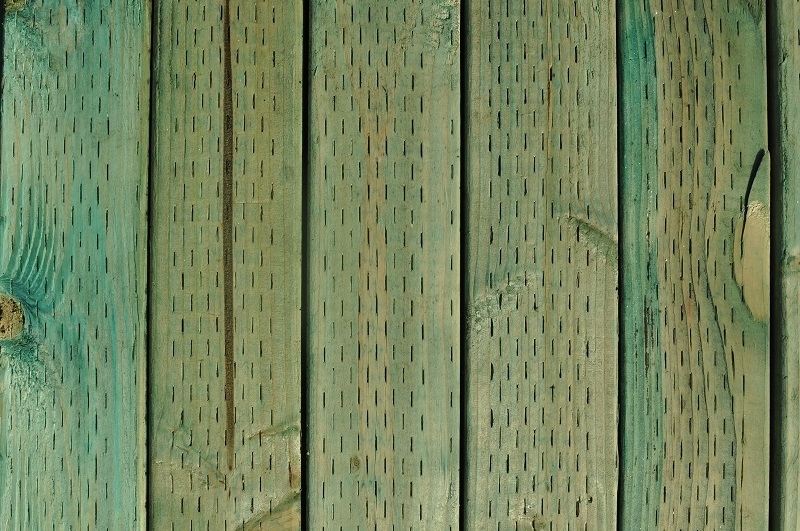Guide to Treated Wood
Published: 14/12/20 By: Mike Bekin
@StylistMagazine has said that 2021 will be all about plants and that there are, “10 eye-catching plants set to take over our homes (and #Instagram feeds) in 2021.”
In addition to filling our homes with plants in 2021, we will also be bringing the outdoors indoors as 2021 home furnishing trends are all about taking inspiration from nature. This means that wooden furniture is at the top of everyone’s wish lists for revamping their homes in 2021.
As such, if you are a DIY enthusiast looking to update your decking, or even a carpenter or joiner, it is important to be well-versed in the different types of treated wood and their uses. This time, we have put together a handy guide on treated wood that you will be able to easily refer to when you are working on your next project.
There are different use classes for treated timber. This is because different environments require different types of wood. Think about the difference between the wood in your kitchen and your garden.
Some treatmented timber might make it only suitable for indoor use in specifically dry areas, such as timber that will be used as tile battens. This means that you cannot buy one type of timber as an all-purpose timber that you can use anywhere. If you used timber that has been treated for Use Class 1 (internal, dry) for a fence post, then you run the risk of the wood rotting and the fence collapsing.
You might think you are saving money but the cost of rebuilding the fence and the loss of animal stock, or other valuables, means it’s a false economy. This is why it is very important to understand the wood that you are working with and the use classes for the next job you are working on.
It works the other way around too. If you were to buy the wrong timber by purchasing UC 5 for a UC 1 job, then you would be spending more money than you need to. This would eat into your budget or profits. These are the reasons why it is so important to understand treated wood and the different use classes.
Use Classes – BS EN335-1
UC 1 – Above ground, covered. Permanently dry. Internal, with no risk of wetting. (eg., Upper floor joists).
UC 2 – Above ground, covered (by a roof), Internal, occasional risk of wetting (eg. Tile battens).
UC 3 coated (3.1) – Coated, above ground, Exposed to frequent wetting (eg. painted cladding above damp course proofing).
UC 3 uncoated (3.2) – Outdoors, uncoated, above ground, exposed to frequent wetting, (eg. Cladding, Fence rails, above damp course proofing).
UC 4 – In contact with the ground or freshwater. Permanently exposed to wetting. Timbers in permanent contact with the ground or fresh water. Direct soil or freshwater contact (eg. Fence posts).
UC 5 – Permanently exposed to wetting by saltwater. All components in permanent contact with seawater.
We hope this is a helpful guide for you to refer to the next time you are working on a project using fabulous treated timber.
Find out more about different wood treatments and learn about our sustainable, eco-friendly approach to timber by exploring our site today.
Image: Brandon Bourdages / Shuttestock.com
Tags: Softwood, Treatments
Categories: Insights
